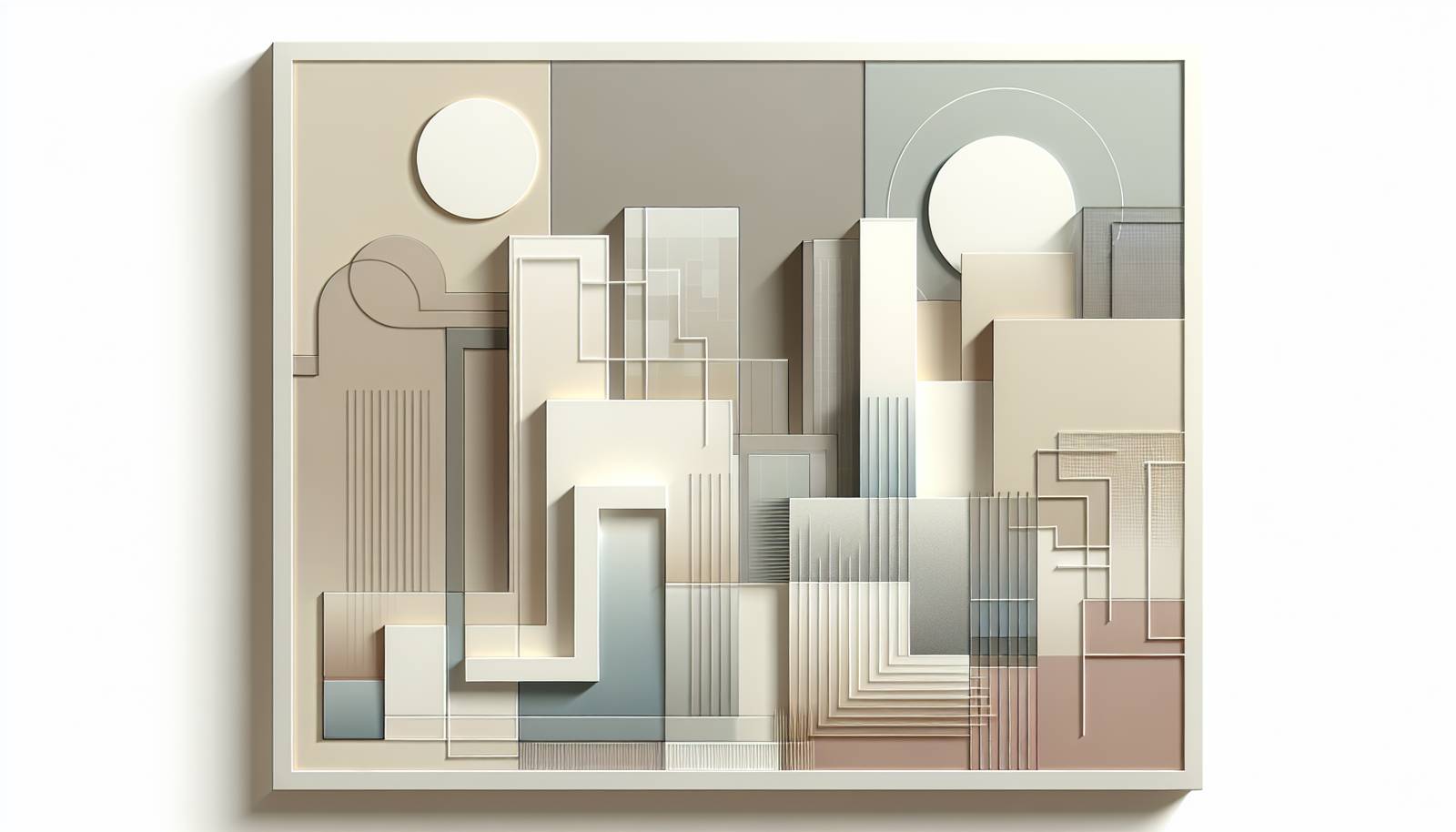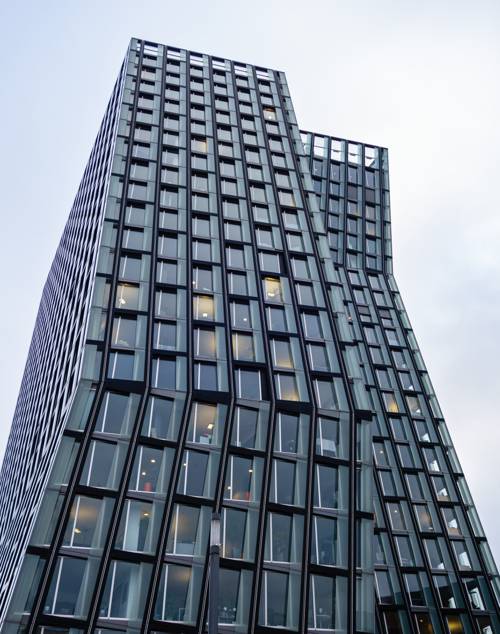
FAQ About The Impact of Architectural Photography on Modern Urban Design

What is architectural photography?
Architectural photography is a specialized field of photography that focuses on capturing images of buildings and other architectural structures that are both aesthetically pleasing and accurate in representation. It emphasizes the design, form, and function of structures to highlight their beauty and utility.

How does architectural photography influence modern urban design?
Architectural photography influences modern urban design by providing designers and architects with visual inspiration that merges aesthetic appeal with functionality. Through photographs, designers can explore different styles, materials, and scales, which can inspire innovative design solutions in urban planning.

What role does architectural photography play in bridging functional design with artistic vision?
Architectural photography plays a crucial role in bridging functional design with artistic vision by visually interpreting architectural elements. It highlights how art and practicality can coalesce, providing a visual narrative that emphasizes both beauty and functionality. This inspires architects to integrate these concepts in contemporary urban design.

Can architectural photography drive architectural trends?
Yes, architectural photography can drive architectural trends by popularizing certain styles, techniques, or materials through widely circulated images. The visual impact of these photos can influence both public opinion and the architectural community, thereby affecting the trends followed in new projects.

In what ways does architectural photography impact public perception of cityscapes?
Architectural photography impacts public perception of cityscapes by creating appealing images that highlight the beauty and intricacy of urban designs. These images can enhance public appreciation and understanding of built environments, fundamental in shaping opinions on future developments.

How does architectural photography contribute to the preservation of historical buildings?
Architectural photography contributes to the preservation of historical buildings by documenting their current state and detailing their architectural features. This serves as a valuable record for restoration purposes and promotes cultural heritage by generating public interest and support for preservation efforts.

What skills are important for an architectural photographer to have?
Important skills for an architectural photographer include a strong understanding of composition, lighting, and perspective to effectively capture the form and function of buildings. Technical proficiency with camera equipment and software for editing images is also crucial, along with a good knowledge of architecture to appreciate the nuances of different styles and structures.

How has digital photography changed architectural photography?
Digital photography has significantly enhanced architectural photography by offering high-resolution images that can capture intricate details of structures. The immediacy of digital photos allows photographers to quickly assess and adjust their shots. Editing software further enables creative enhancements that can highlight specific features or fit the images to particular narratives.

What are some challenges faced in architectural photography?
Challenges in architectural photography may include dealing with varying natural lighting conditions, managing reflections and distortions captured in glass structures, and achieving the right balance between the building and its environment. Photographers also need to be skilled at presenting large structures creatively within the confines of a photograph.

How do architects and urban designers use architectural photography?
Architects and urban designers use architectural photography as a tool for both inspiration and analysis. Photographs enable them to explore successful design elements and contextualize how buildings interact within their environments. This assists in making informed decisions in their design processes and strategic urban planning.

Is architectural photography considered art or documentation?
Architectural photography is considered both art and documentation. As an art form, it creatively captures the essence and aesthetics of buildings, while as documentation, it records and preserves details of architectural works for historical and practical references.

What impact do social media platforms have on architectural photography?
Social media platforms have greatly amplified the reach and influence of architectural photography by allowing images to be easily shared and viewed globally. This has broadened the audience and democratized the discussion around architectural design, helping to quickly popularize certain styles and innovations worldwide.

Can architectural photography influence urban policy and planning?
Architectural photography can influence urban policy and planning by highlighting successful design solutions and drawing attention to urban challenges. Photographs can create compelling visual arguments for or against certain developments, impacting decision-makers and policy formulations aimed at urban improvement.

How does architectural photography help in architectural education?
Architectural photography aids architectural education by providing students visual case studies that highlight real-world examples of design principles and execution. These photographs can be analyzed for understanding spatial relations, materials, and styles, becoming a crucial part of learning architectural history and contemporary trends.

What technological advancements have impacted architectural photography?
Technological advancements such as drones, high-resolution cameras, and 3D modeling software have significantly impacted architectural photography. These tools allow photographers to capture images from unique perspectives and create more detailed and lifelike representations of architectural designs.

How do architectural photographs contribute to a building's identity and brand?
Architectural photographs contribute to a building's identity and brand by encapsulating its aesthetic and functional qualities through compelling imagery. These photos are often used in marketing materials, brochures, and websites, shaping public perception and enhancing the cultural significance and marketability of the building.

Why is perspective important in architectural photography?
Perspective is important in architectural photography because it influences how the spatial relationships and dimensions of a building are perceived in images. Proper use of perspective helps in accurately depicting a building’s scale and how it integrates with its surroundings, enhancing the overall impact of the photograph.

How do different architectural styles affect the approach of architectural photography?
Different architectural styles can greatly affect the approach of architectural photography as each style has unique elements that need to be captured. For instance, modernist architecture may require emphasizing minimalist forms and geometry, while historical buildings might need careful attention to intricate details and texture.

What ethical considerations exist for architectural photographers?
Architectural photographers must consider ethical issues like obtaining permission to capture certain buildings, respecting privacy rights, and avoiding the misrepresentation of architectural works. Post-processing should not alter the essential reality of the building, ensuring authenticity in representation.

How can architectural photography affect the real estate market?
Architectural photography can have a significant impact on the real estate market by enhancing the visual appeal of properties through high-quality images. Effective photography can highlight a property's best features, attracting potential buyers or investors and potentially increasing market value.
